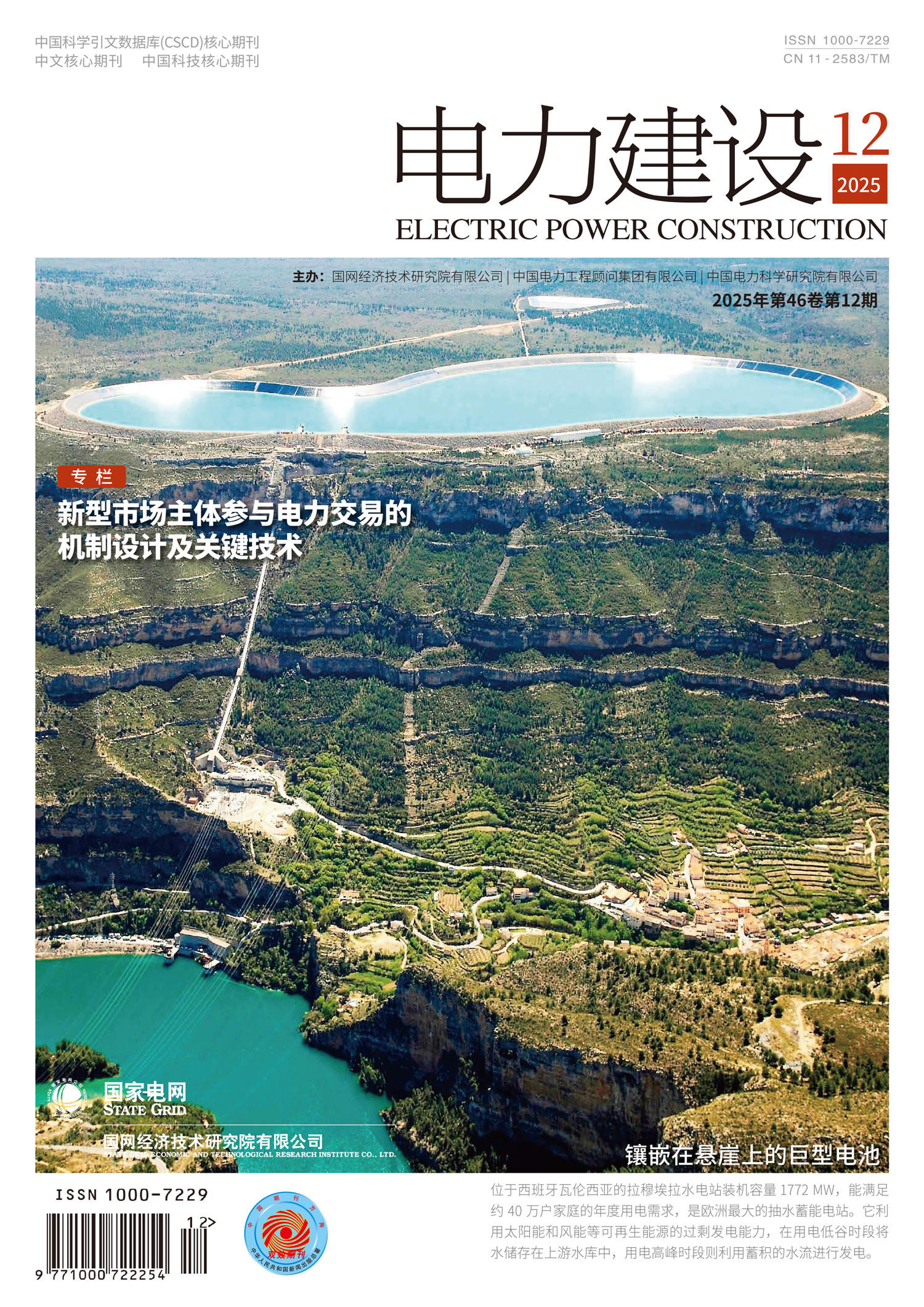ZHANG Haichun, CHEN Wangda, SHEN Jun, CHEN Ming, ZHU Xin, GUO Yangjin, ZHAO Fengzhan
The development trend in urban and rural power distribution networks is to gradually access a high proportion of distributed power sources. However, the various types of disturbances caused by uncertain factors, including power sources, loads, and the natural environment, cannot be ignored. Therefore, the distribution network must have the ability to resist various disturbances and recover quickly, which is called the resilience of the distribution network. Meanwhile, all types of flexible resources from the source, network, load, and storage of distribution networks can provide support for the balance between supply and demand, and improvement of toughness of the distribution network. Accurately describing the impact of various disturbance events and effectively determining the synergy of flexible resources on the source, network, load, and storage sides are key factors in studying the resilience of distribution networks. This study aims to provide insights and constructive ideas for the planning, safe and stable operation, and resilience research of new distribution networks. This study first introduces the basic concept of distribution network resilience, and analyzes various types of disturbances faced by the distribution network and the characteristics of distribution network resilience under disturbances. The study then summarizes the research progress in extreme disaster disturbances, wave disturbance modeling methods, and resilience evaluation methods. Next, the key technologies for improving the resilience of distribution networks in the pre-disturbance, mid-disturbance, and post-disturbance stages are also introduced. Finally, the key problems in the future research on distribution network resilience are discussed.


 Author Login
Author Login Peer Review
Peer Review





